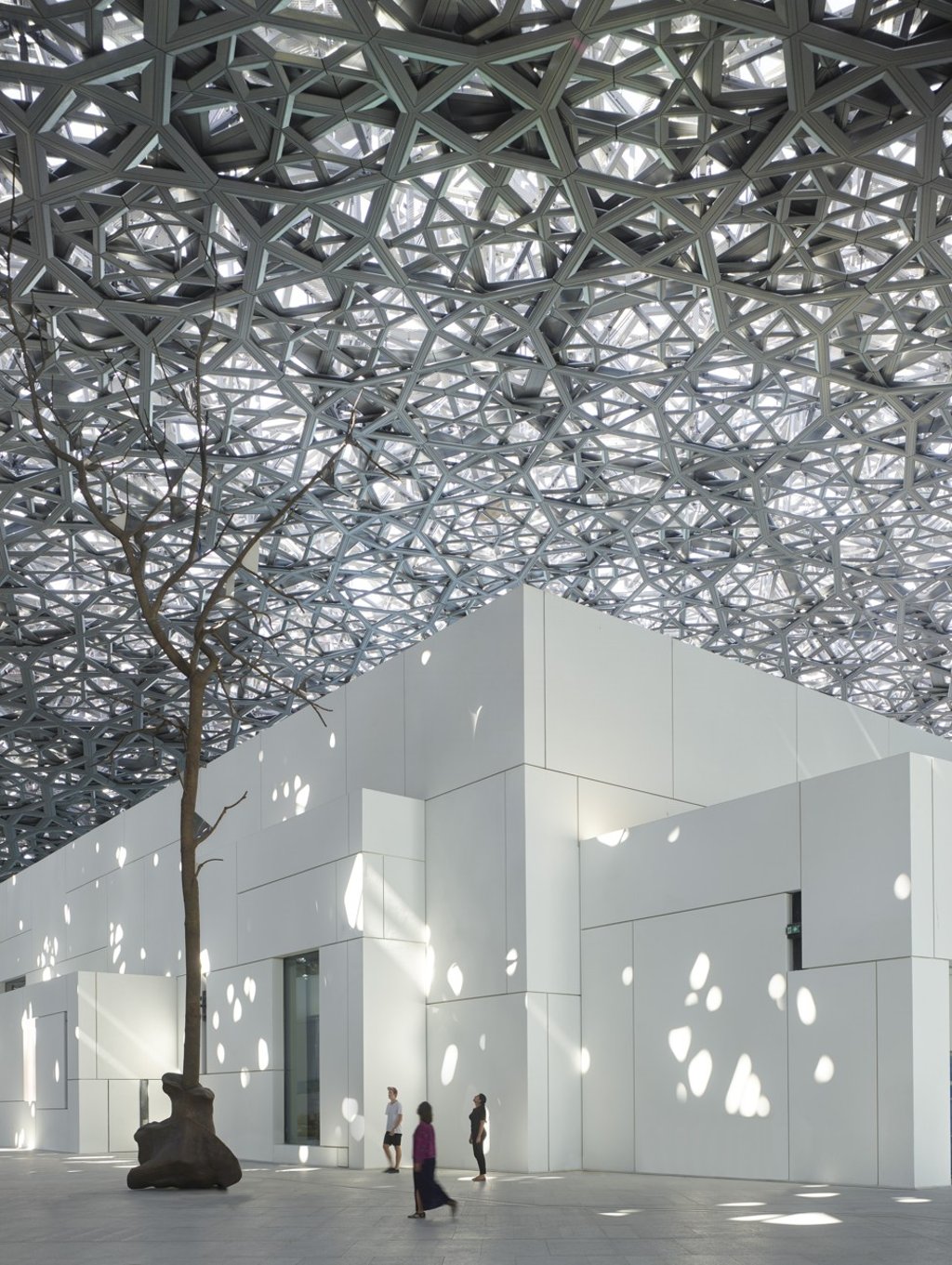Louvre Abu Dhabi’s architect on what inspired its revolutionary design
Jean Nouvel created the ‘universal’ museum’s unique perforated dome and 21st century take on Arabic architecture. He explains how he sought to ‘translate and define the local culture’

Few modern-day museums are considered groundbreaking because of their design rather than their artworks, but the Louvre Abu Dhabi is a striking example.
Despite long delays and the exorbitant cost, reputedly in the region of €600 million (US$712 million), when the museum opened on November 11 it was widely seen as an architectural masterpiece, thanks in no small part to the instantly recognisable, futuristic dome that provides a protective cover for the complex of 55 galleries.
Louvre Abu Dhabi opens as a ‘bridge between civilisations’
The project was first conceived more than a decade ago during the Gulf’s oil boom, when the cash-rich Emiratis agreed a deal of US$1 billion plus with the French government, including a 30-year licence to use the Louvre name, rely on its expertise and borrow from its collection.
The agreement also opened the door to a larger collection of art through Agence France-Muséums, a relatively new organisation of France’s cultural institutions, which include the Pompidou Centre, the Musée Guimet and the Chateau de Versailles.

In 2006, however, none of this was envisaged when French architect Jean Nouvel was commissioned by the Abu Dhabi Tourism and Culture Authority to create a “classical museum of civilisation” alongside a collection of buildings to be designed by a who’s who of “starchitects”, including Norman Foster (whose design takes the shape of a racing falcon’s wing), a jumble of forms by Frank Gehry for the Guggenheim, and one of the shapely construction for which the late Zaha Hadid was renowned.
Fond of describing himself as “a contextual architect”, Nouvel, a Pritzker Prize winner, explains how the man-made patch of sand that the government planned to transform into a new cultural hub offered architectural inspiration.